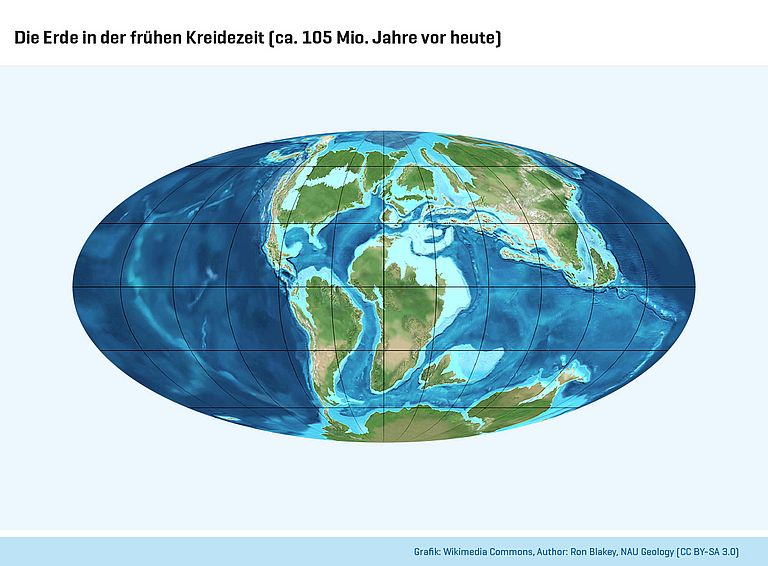Global cooling as significant as global warming
GEOMAR Scientists contribute to international study about a “cold snap” 116 million years ago
An international study involving experts from the universities of Newcastle, UK, Cologne, Frankfurt and GEOMAR Helmholtz Centre for Ocean Research Kiel, confirms the link between global cooling and a crash in the marine ecosystem during the mid-Cretaceous greenhouse period. The findings have just been published in the June issue of "Nature Geoscience".
Read the full English press release on the webpages of Newcastle University:
www.ncl.ac.uk/press.office/press.release/item/global-cooling-as-significant-as-global-warming
Reference
McAnena, A., S. Flögel, P. Hofmann, J. O. Herrle, A. Griesand, J. Pross, H. M. Talbot, J. Rethemeyer, K. Wallmann and T. Wagner (2013): Atlantic cooling associated with a marine biotic crisis during the mid-Cretaceous period. Nature Geoscience, http://dx.doi.org/10.1038/NGEO1850



